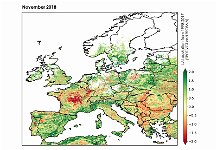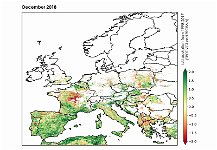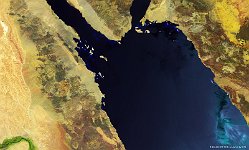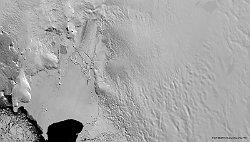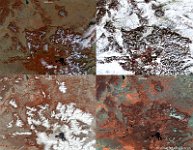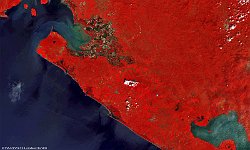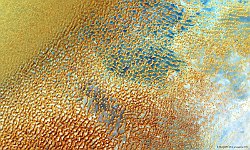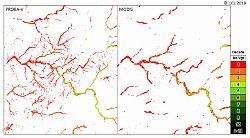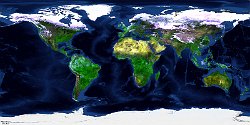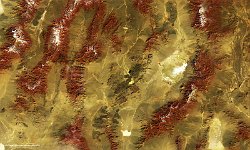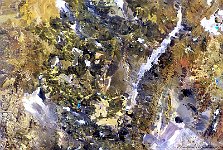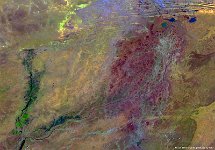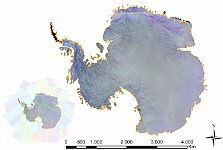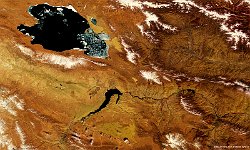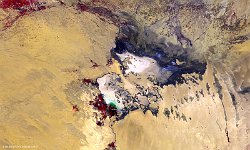22 / 84
Yellowstone, Wyoming
The Yellowstone National Park is the world’s oldest (established in 1872) ... and has an area of nearly 9,000 km2.
The park’s area is geologically active and contains about half of the world’s geysers and hydrothermal features. The Yellowstone Lake is located at 2,350 m altitude over a supercaldera (~70 km diameter) that could emit about 2,500 km3 of ash when erupting.
Yellowstone’s climate is significantly influenced by the Snake River Plain, a geological feature that formed over millions of years when the North-American tectonic plate moved over the Yellowstone hotspot. This eventually resulted in a 100 km wide channel from the Pacific Ocean into Yellowstone Park, enabling a dominant maritime airflow into the park and adjacent areas. This leads to annual precipitation amounts of up to 2,000 mm in the park’s western part, with abundant snow during November – April, as is visible from the images covering the four seasons from autumn (upper left) through summer (lower right).
Date: 2016-2017
Resolution: 100m

